Plant the Best Windbreak for a Small Homestead
A windbreak is a row of trees or shrubs that helps protect your home and property from bitter winds in the winter. Some homeowners don’t have room for large windbreak trees such as Norway spruce, white pine, or Douglas fir trees. If you have a large homestead it is worth considering two or more rows of large windbreak trees. For small properties like mine, there are quite a few great options for small evergreens and shrubs to reduce cold winter winds. Let’s take a closer look at what windbreaks are and how to plant the best windbreak for a small homestead.
This post contains affiliate links or advertisements.
What is a Windbreak and Why Do You Need One?
Many homeowners have never heard of a windbreak and probably have no idea if they even need to add this feature to their property. Many farmers, ranchers, and homesteaders plant rows of trees strategically on their land to help reduce the chilling effect of winter winds on their homes, barns, and livestock pastures.
Here are some of the reasons for planting a windbreak:
- Direct wind up and over buildings to reduce heating bills in winter
- Protect livestock from freezing winds in winter
- Reduce soil erosion from agricultural fields and gardens
- Privacy from the road or other homes
- Provide habitat for birds and other wildlife
- Shade areas from sun in summer
- Provide lumber and firewood for the future
- Increase diversity of plant life on your property
In addition to reducing winter winds that chill us, these trees provide many other benefits for homesteaders and homeowners. By reducing the winds that blow over our gardens and farm fields, we are minimizing soil erosion in the winter. Another way to do this is to use no-till methods or wait until just before planting to till the soil.
Windbreaks also provide protection for wild birds and animals in winter and habitat for raising their young in summer. A well-placed windbreak will also provide some shade in summer to cool your property, livestock, and home. In the future, you also have the option of harvesting trees from your windbreak for lumber or firewood as they become too crowded. The value of diversity on a homestead should not be underestimated, too!
Planting windbreaks on your property is an investment that will pay off in the future as the trees grow and provide many benefits for you and the wildlife they attract!
The Basics of Planting a Windbreak
On farms and ranches windbreaks are generally planted several rows deep and a fair distance from the house, barn, or pastures they will protect. The distance trees are planted away from the buildings is generally two to five times the mature height of the trees. For example, Norway spruce trees reach about 60 feet in height at maturity. If you intend to plant this species of tree as a windbreak, you should choose a site about 120 to 300 feet from the home.
Here are some tips for planting a new windbreak on your property:
- Plant rows or groupings of trees on the north and west side of your home to reduce winter winds
- Choose tree and shrub species that are hardy for your area and consider the soil, irrigation, and other growing conditions they require
- For the best protection from winter winds, plant at least two rows of trees
- Keep in mind that the denser the growth habit of a tree, the better it will deflect wind
- Do not plant trees where they will shade solar panels, your garden, or orchard
- Choose trees that will fit in the space even when they reach maturity
- Plant a variety of different tree and shrub species to provide diversity and increased habitat
- Include deciduous trees and shrubs that produce food sources for your family, livestock, and wildlife
- Check for quantity discounts on trees from wholesale tree nurseries or through your conservation district
These suggestions work well for any size property and you can adapt them to your situation with a bit of thought and planning.
How to Plant the Best Windbreak for a Small Yard
Now that you have the general idea of how to plan this energy-saving feature, let’s take a look at how to incorporate a windbreak on a small homestead. There are plenty of options for a plot of land that is around one acre in size and a nice selection of species that will even fit on small lots of one-quarter acre!
Here are some great evergreen trees for a one acre homestead:
- Black Hills spruce
- Eastern red cedar
- Canadian hemlock trimmed into a hedge
- Green Giant arborvitae
- Pyramidal yew
- Leyland cypress
For smaller homesteads consider planting some of these evergreen options:
- Skyrocket juniper
- Bruns Serbian spruce
- Moonglow juniper
- Emerald Green arborvitae
If you have room to plant more than just the above evergreen trees, consider adding some of the following trees and shrubs to your windbreak to add diversity and habitat for wildlife:
- Dogwood
- Viburnum
- Rugosa rose
- Cornelian cherry
- Mulberry
- Hawthorn
- Dwarf fruit trees
- Blueberry
- Bramble fruits
- Serviceberry
- Wild plum
While these selections are generally chosen for northern climates, you should do some research to see which species do well in your climate. Whenever possible, try to choose plants that are native to your area. Because they are adapted to your growing conditions, they will need less care once they are established and will provide food and shelter for native species of birds, insects, and other creatures.
What if You Don’t Have Room for a Windbreak?
For many urban and suburban homeowners, there really is no room to fit a row of trees or shrubs along the north and west side of your property. In these situations, your wind is probably already cut down significantly by surrounding homes and buildings.
You may still increase energy savings, provide habitat, and even grow food in another area… the ‘foundation plantings’ surrounding your home. Most homes have decorative shrubs and flowers around the exterior and these create a pocket of protection, too. If your home does not have any plantings around the outside, consider adding some to provide a layer of insulating air.
Include some of the following features around your home and yard in strategic spots to provide food, habitat, and a protective layer from cold:
- Dwarf, miniature, or espaliered fruit trees
- Small shrubs such as azalea, viburnum, boxwood, or blueberries
- Small native trees such as serviceberry
- Fence, arbor, or trellis with vines, espaliered trees, or border planting
- Potted plants along the foundation
- Raised bed around the base of your home
- Heavily pruned hedges
Windbreaks Save Money and Help the Environment
If you only have a small space to work with, it is especially important that your windbreak does more for you than decreasing the wind chill on your property in winter. There are many other benefits of planting trees, shrubs, and vines as a windbreak.
By choosing carefully and planning ahead, you can add deciduous trees that produce flowers, fruit, and nesting spots for birds. Evergreen trees and shrubs also give birds a protected place to roost out of the cold winter winds.
Another great option is to plant trees, shrubs, or vines that bear fruit for your table. Consider choosing fruit and nut trees, berry bushes, or grapevines for a mixed windbreak that will also reward you with a delicious harvest! Find out How to Choose the Best Fruit and Nut Trees for Your Homestead.
Do you have a windbreak in a small space or are you hoping to plant one? Leave a comment!
University of Minnesota Extension – Help with Selecting Trees and Shrubs

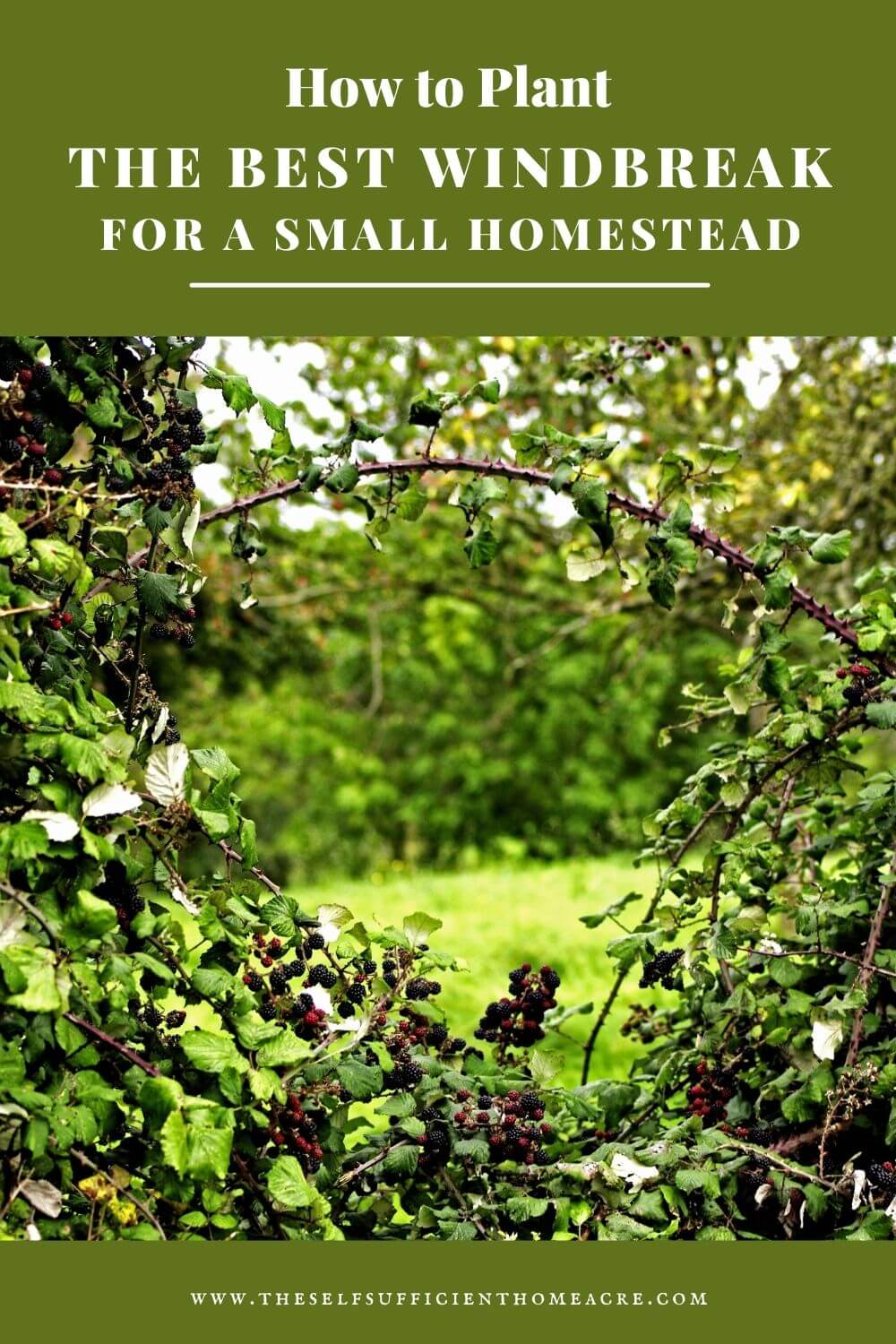


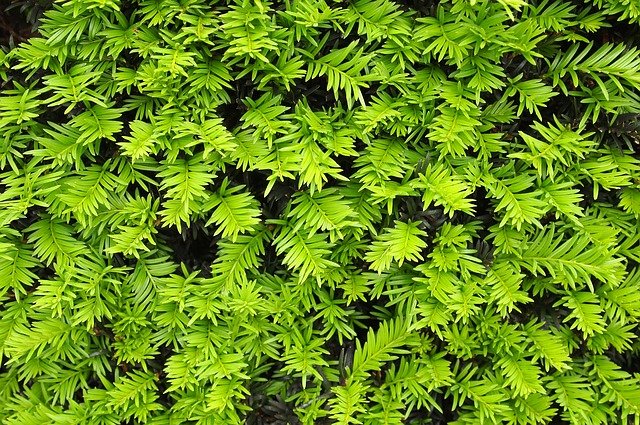
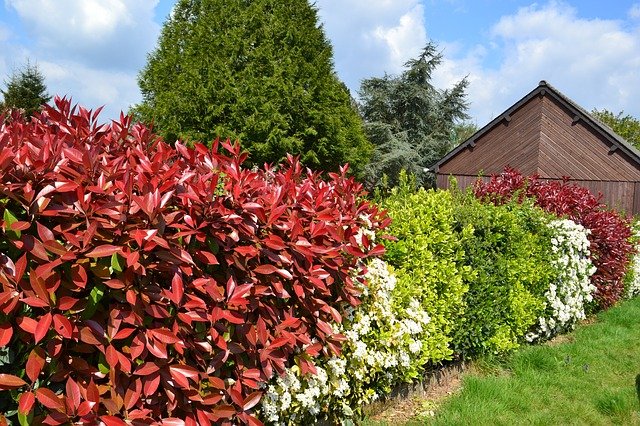
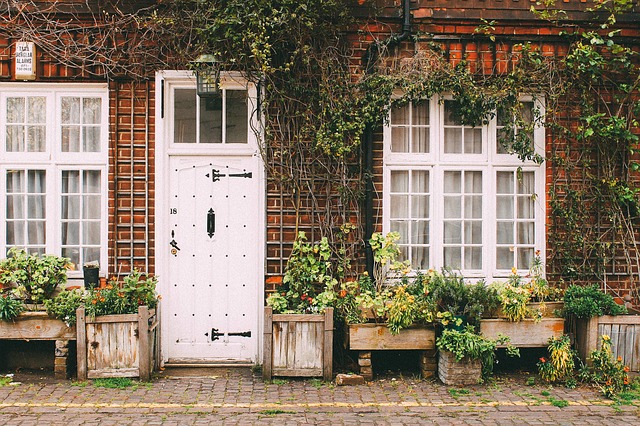



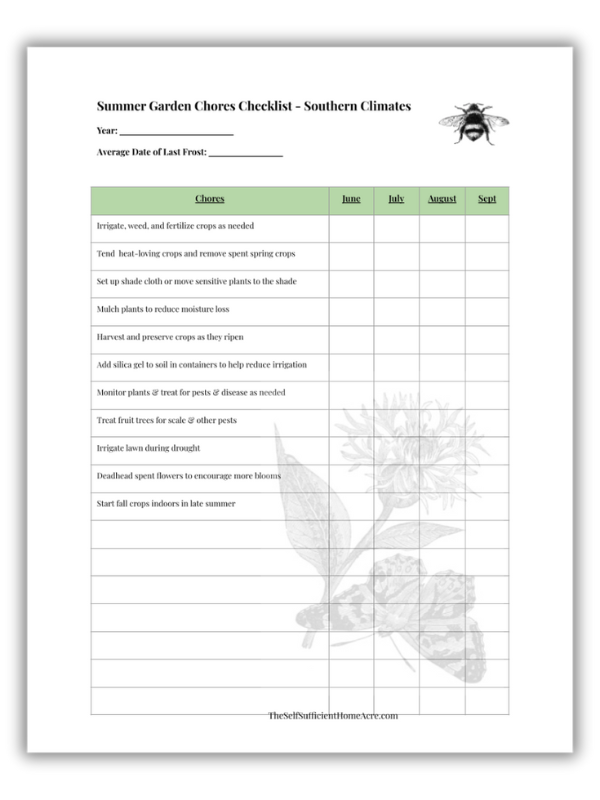

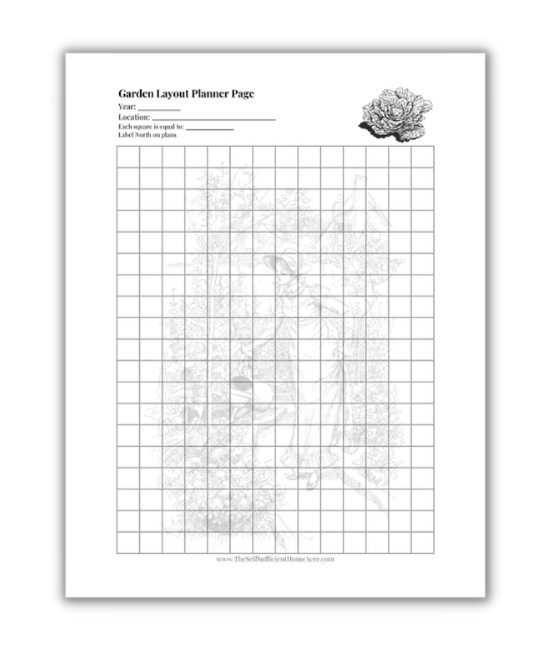

I have 1/4 acre of property on a pie shaped lot. The lot is very open on all sides so the house is difficult to heat in winter. Six Baby Blue spruce are planted on the north side of the lot. There is a small bed on the east side of the lot that contains three large damaged pear trees which are scheduled for removal, stumps to be ground and debris removed. On the west front side of the is a mature Red Sunset Maple. The south side by the garage is six shrubs. The bed is approximately 50′ W by maybe 3’+ deep. There is a 6′ H brick wall on the east street side of this bed. I’m considering Emerald Green Arborvitae hoping they are deer resistant, one Baby Blue Spruce, a Sugar Maple for Fall color, Wichita Blue Upright Junipers and Dogwood trees. There are some existing hostas in the bed. There are two young pear trees separately planted outside this bed. I have a lot of shrubs to trim on this property so I want to keep the shrubs to a minimum. Any suggestions on what combination of trees/shrubs to use for such a small bed?
Hi Lynne,
Can you tell me what USDA zone and general area where you live? Also, are planting all of these plants in the bed that is 50′ long by about 3+ feet wide? What other information can you provide… soil type, salt spray from road, is it windy or does it bake in the sun in summer? Are you hoping to use native plants? I’ll try to help if I can! Lisa
I live in Rochester Hills, MI which is Zone 6. The three pear trees have been removed. The tree company stated the approximate size of the bed was about 50’W x 14’D. The soil type is clay. I don’t think salt spray is an issue. There is a 6′ high brick wall behind my house to block some of the noise and salt spray from Rochester Road which is four lanes. The bed is located in front of the brick wall with the east sun coming from behind. The bed is actually facing north. It does get a fair amount of sun from east to west during the day The bed gets sun but does not bake in the sun. Because the lot is pie-shaped with undeveloped land across the four lanes of Rochester Road, it tends to be quite windy. What I want to block is the sight of unkept, undeveloped land out my back windows. I was thinking maybe a sugar maple for color. upright Wichita Blue junipers, rather than Blue Spruce, Green arborvitae, dogwood trees. Trying to keep shrubs to a minimum b/c I already have lots of shrubs to trim which is a problem as I age.
I’m not sure what I can fit in this small of a windbreak. I might just end up with three trees and a few small shrubs. This is an expensive project for a retiree to attempt so whatever I do it needs to be economical. I could always sod part of the area and just plant a few appropriate trees.
Thanks for your input.
How do you reestablish an existing windbreak. We have an ‘old’ windbreak that is slowly starting to deteriorate and wanted to know how to start replanting. We were wanting to do it somewhat gradually as we have really tall evergreens and a couple of maples close to our home. We wanted to know if we start to plant trees on the east side of the existing windbreak? Any suggestions? Thanks! We live in Central Illinois.
Hi Julee,
It would depend somewhat on whether you will need to remove old trees and grind out stumps. If you need to remove trees that are dying, diseased, or damaged, I would suggest removing those first. Cutting down the existing trees can cause a great deal of damage to any new trees so it’s best to remove them before starting to plant. If the old trees don’t need to be removed, you can start planting your new trees alongside the older trees. Where you plant them will depend on whether or not there is space between your home and the treeline or if there is more space on the other side of the existing trees. Just keep in mind that if you do need to remove the older trees, you’ll most likely need to cut them so they fall away from your home to prevent damaging the building. If your existing trees still have many more years of life in them, you might want to consider planting ‘understory’ trees in and around the mature trees. Some nice ones to consider are redbud, serviceberry, magnolia, pagoda dogwood, amur maple, and blackhaw viburnum.
I hope this helps! Best wishes with your windbreak!